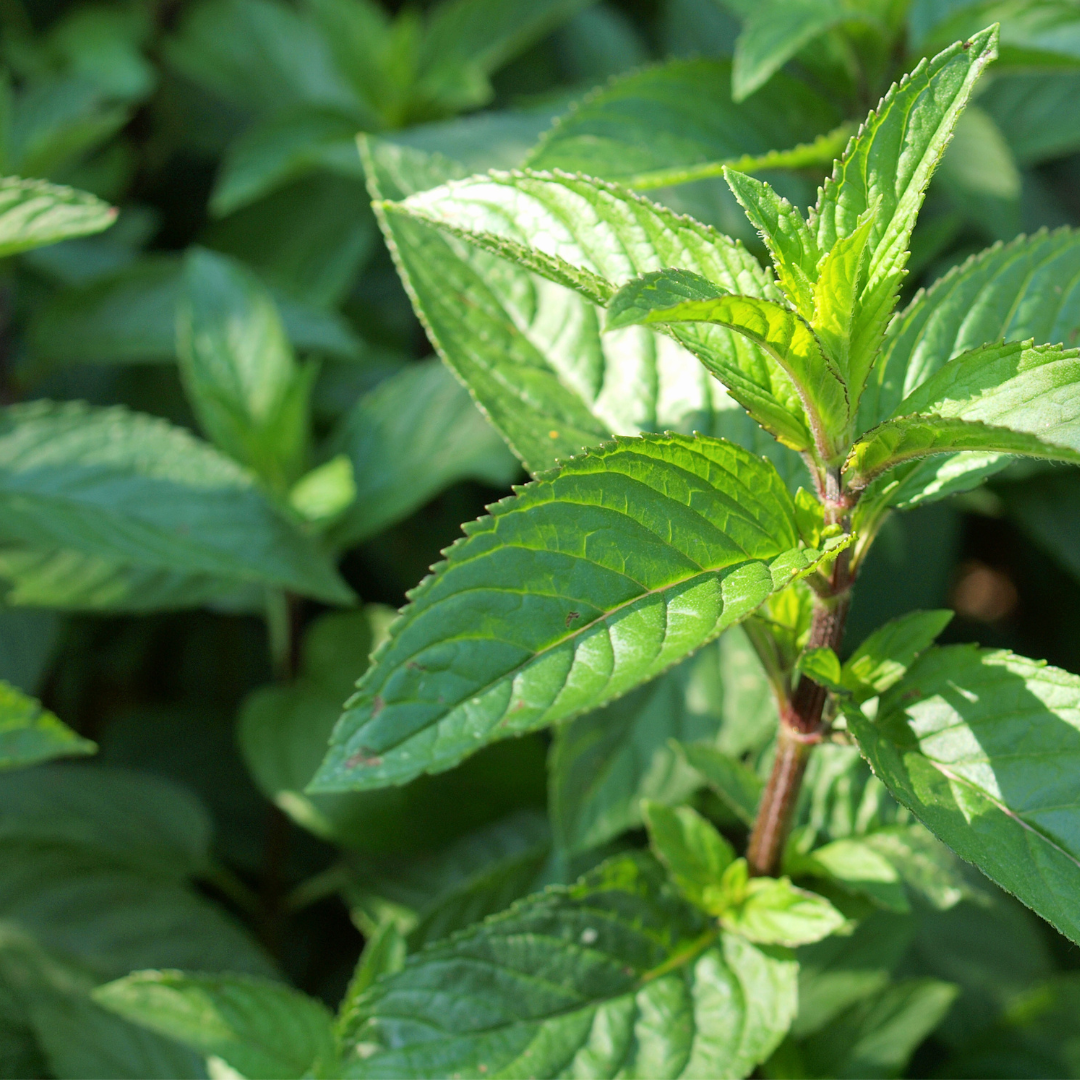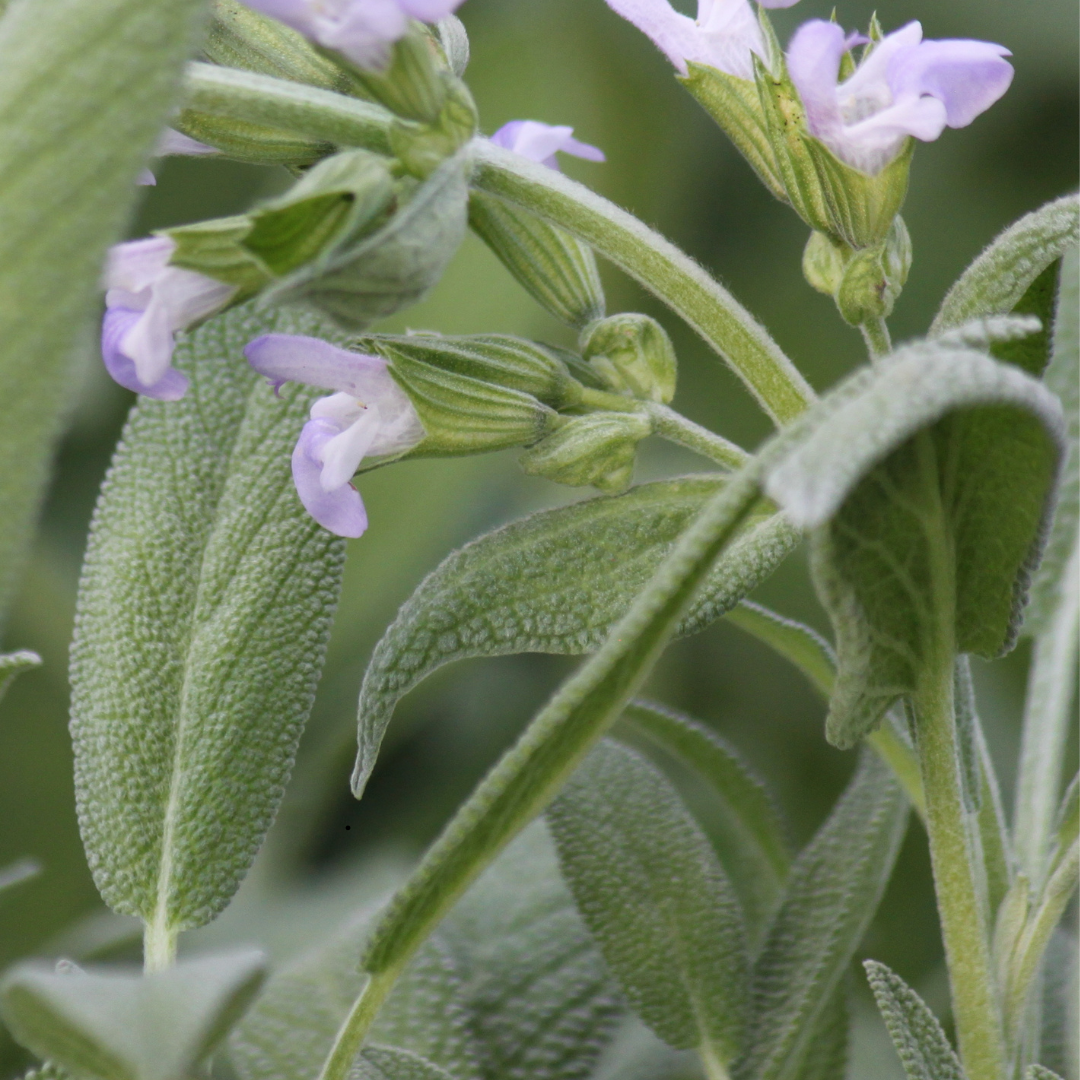
How To Get FREE Herb Plants: Propagate Herb Cuttings
growing herbsIf you have big dreams for your herb garden, but your bank account has other plans, let me tell you how to get FREE herb plants! Propagating is the act of taking a cutting from an existing plant and creating a new plant. Propagating herbs from hardwood cuttings gives you the opportunity to turn one plant into fifty!
There are specific steps you need to take when taking your hardwood cuttings. Not all herbs are options for propagation, but some are best started using this process. In this post, we’re going to talk about some of the more common and easier herbs to propagate from hardwood cuttings and how to do it.
Grab your pruners…we’re diving in!
Choosing Herbs for Hardwood Propagation
The best time to identify herb plants for propagation is during the summer when foliage is lush and easy to identify the correct plant. This makes it easy to spot exactly which plants are thriving and worth propagating. Because nobody wants to propagate unhealthy plants! While softwood cuttings (taken in early summer) work for some herbs, hardwood cuttings from woody plants taken in late fall or early winter are often more reliable for long-term growth.
When and How to Gather Hardwood Cuttings
The dormant season, late fall to early winter, is the best time for hardwood cuttings for most herbs. However, some herbs need to be past their flowering cycle to be able to harvest.
Before you start propagating, here’s how to prep your herb cuttings for the best success rate:
- Trim the cutting: Make each cutting at the appropriate length with at least two leaf nodes. Regardless of the specific herb requirements, one universal thing, is to be sure to use sharp pruning shears that have been sanitized.
- Remove lower leaves: Varies per plant. For herbs harvested in the growing season, leave only a small set of leaves at the top of the plant.
- Optional rooting treatments:
- Rooting hormone: Provides a high success rate for herbs like rosemary and elderberry.
- Raw honey: Works as a natural rooting agent with antimicrobial properties.
- Water propagation: Ideal for peppermint but less effective for woody herbs like sage and lavender.
- Soil propagation: Best for creating strong roots with good drainage.

When you’re learning a new technique and ways to garden, experimenting is the key to having a deep understanding of the herbs you’re working with. Even though there are guidelines on what techniques work best, I want to encourage you to push the boundaries and try different approaches.
Storytime…
The first time I tried to propagate hardwood Lavender cuttings, I did 36 cuttings in soil with raw honey and 10 in water. I had total failure with the soil and raw honey method, and 50% success with the water method. Even though water is not a suggested approach for Lavender, we have had good success with it. The same thing happened with Elderberry for us. As a result, we solely propagate Elderberry using the water propagation technique.
Starting the Propagation Process
Different herbs require different propagation techniques. Though this guide will give the methods that we have had the best success with, experimenting with different methods is always beneficial. You never know what new thing you’re going to learn in the process.
Lavender (Lavendula angustifolia)

Lavender hardwood cuttings can be harvested after blooming has finished for the year.
Harvesting: Cut about 4 inches of hardwood growth with sharp shears, at an angle. Remove the bottom 2″ of leafy growth, leaving only the woody stem.
Best Propagation Methods: Plant in well-draining potting mix with rooting hormone. Water is another option for encouraging root growth, but then must be transplanted to the soil once roots are present.
Peppermint (Mentha piperita)

Peppermint hardwood cuttings can be harvested in spring.
Harvesting: Cut about 4 inches of hardwood growth with sharp shears, at an angle.
Best Propagation Methods: Place in jars with a couple of inches of water. Once rooted, then transplant to potting soil.
Elder (Sambucus nigra)

Elder hardwood cuttings should be harvested in late winter when the plant is dormant. Cut 1/2″ under the nodules on an angle with sharp pruning shears.
Harvesting: Cut about 4-6 inches of hardwood growth with sharp shears, at an angle.
Best Propagation Methods: Water until roots are present, then transplant to soil, or potting soil with rooting hormone.
Sage (Salvia officinalis)

Sage hardwood cuttings can be harvested in early spring.
Harvesting: Cut about 4 inches of hardwood growth with sharp shears, at an angled cut and remove the bottom 2″ of growth.
Best Propagation Methods: Water propagation should be used until there is strong root development, then transfer the cutting to the potting mix.
Rosemary (Rosmarinus officinalis)

Rosemary hardwood cuttings can be harvested after blooming has finished for the year.
Harvesting: Cut about 4 inches of hardwood growth with sharp shears, at an angle.
Best Propagation Methods: Plant in well-draining potting mix with rooting hormone.
Here’s a chart to make it a little simpler…
| Herb | Best Propagation Method | Time to Root | Ready to Transplant |
|---|---|---|---|
| Lavender | Potting mix + rooting hormone | 6-8 weeks | 10-12 weeks |
| Peppermint | Water propagation | 2-4 weeks | 4-6 weeks |
| Elderberry | Soil + potting soil with sand | 6-8 weeks | 12 weeks |
| Sage | Water + Potting mix | 4-6 weeks | 8 weeks |
| Rosemary | Soil + rooting hormone | 8-10 weeks | 12-14 weeks |
Common Problems and Solutions
Herbs can be a little finicky when they’re small and trying to soak up the nutrients needed to grow big and strong. If your new cuttings start looking a little unhealthy, don’t worry, there are things you can do to help…
| Problem | Cause | Solution |
|---|---|---|
| Cutting rots | Too much water | Ensure good drainage |
| No root development | Poor stem quality | Choose semi-hardwood stems |
| Wilting or drying out | Water loss | Cover to retain moisture |
| Mold growth | Excess moisture | Water less and add better air flow |
| Weak root system | Low nutrients | Apply diluted organic fertilizer |
Caring For Your New Herb Plants
Within a few weeks, your herb cuttings should have new roots and they will be putting on new leaves soon. There are a few rules you should follow to ensure your cuttings stay healthy and strong:
-
- Bright light but keep out of direct sunlight: Essential for root development without overheating the cuttings.
- Moist media: Keep the potting mix damp but not soggy to avoid rot. (this does not apply to water propagation, just keep the water level high)
- Drainage holes: Ensure pots have proper drainage.
- Heat mat: Speeds up root development during colder months.
Don't miss a thing!
New herbal education and recipes delivered to your inbox.
We hate SPAM. We will never sell your information, for any reason.
Recent Posts
